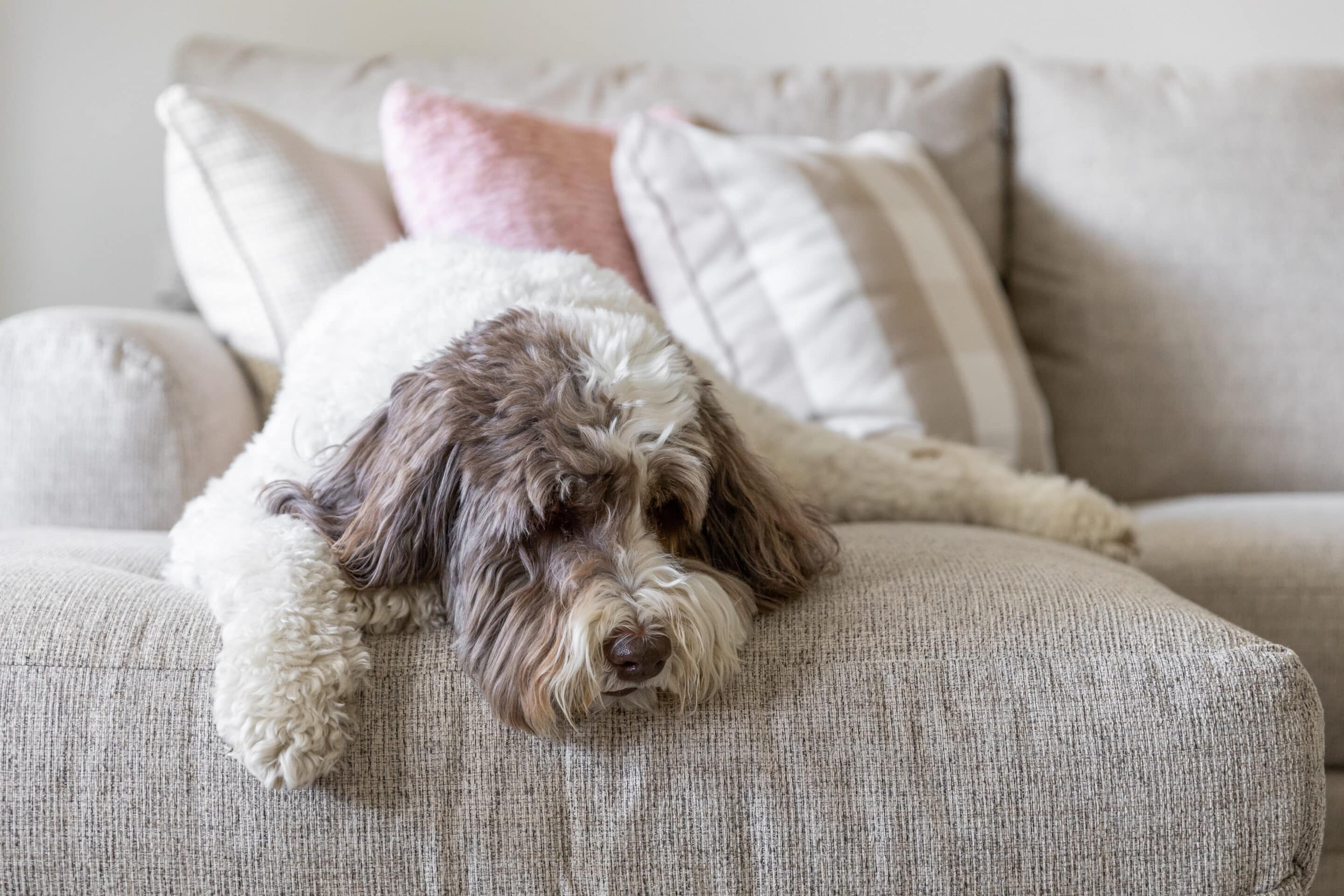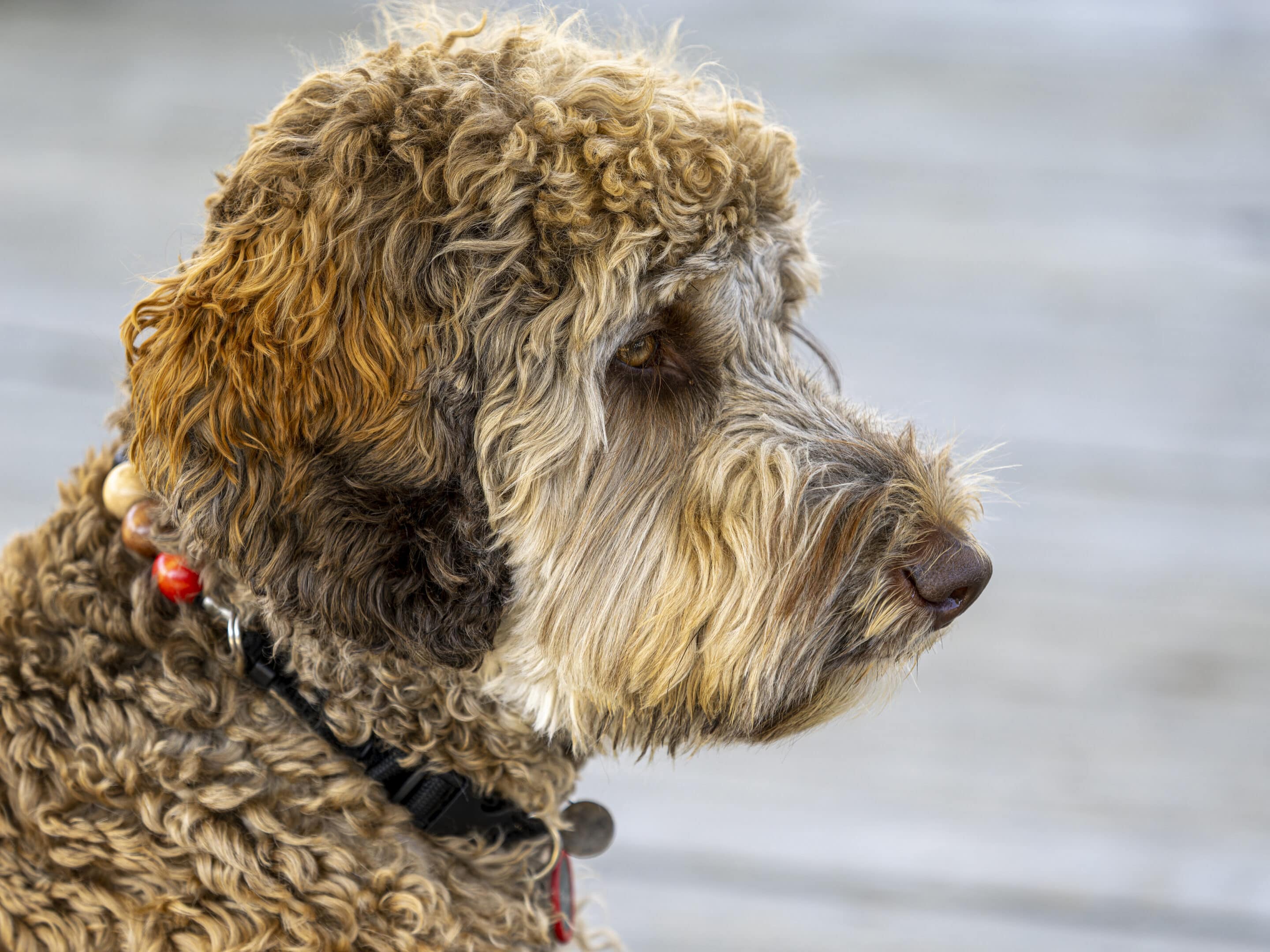Written by Dr. Mavi Graves, Caring Pathways Veterinarian in Fort Collins, CO
A few years ago, I had a euthanasia appointment scheduled for a 14-year-old poodle mix named Sadie. Like many geriatric dogs, Sadie had not seen her regular vet in many years and did not have a definitive diagnosis, but she had experienced a sudden decline, was not able to rise on her own, and wasn’t eating either. On the day of her euthanasia appointment, I called her owners to let them know that I was on my way.
“Well, doc, I’m glad you called,” Sadie’s owner replied. “Yesterday we thought we were going to lose her and so that’s when we made the appointment. But this morning, she’s made a complete recovery and is back to her old self! We’d still like you to take a look at her, but I don’t think she needs to be euthanized since she’s eating and drinking and moving around again.”
I proceeded to their house with cautious optimism, curious to see how Sadie seemed. Upon entering the home, I saw Sadie walking in circles around the island in the kitchen. She was panting and had an anxious expression on her face. She paused briefly to drink some water and then continued to pace around the kitchen island non-stop.
“We’re just so relieved to have our girl back to normal!” her owner beamed.
My heart sank to see that Sadie was likely in the advanced stages of canine cognitive dysfunction, aka “doggie dementia.” What appeared to her owners to be a happy return to health was, in fact, my first clue that we needed to have a more serious quality-of-life discussion.

Understanding Canine Cognitive Dysfunction
Canine cognitive dysfunction (CCD) is a common disease in older dogs and is similar to Alzheimer’s disease in humans. Neurons (brain cells) progressively deteriorate and similar to Alzheimer’s, plaques of a protein called beta-amyloid accumulate, further disrupting the brain’s ability to process information. Over time, owners start to notice the behavioral changes we associate with canine dementia. The most common ones include:
Disorientation
Dogs may get stuck under tables or in the corners of a room and not know how to reorient themselves. Some may forget how to go through the dog door they’ve used all their lives.
Social Behavior Changes
Dementia can cause dogs to not recognize their owners or other pets in the home, leading to confusion, fear, and even aggression. Dogs may start to shrink away from interacting with owners or conversely, become more needy and clingy.
Sleep-Wake Cycle Disturbances
Owners may notice that their dog is waking up more at night, pacing, or even barking at things that aren’t there. Dogs may act like they need to go out in the middle of the night to potty only to stand in the yard, seemingly confused about why they’re there.
Forgetting House Training or Other Learned Behaviors
Dogs may no longer respond to previously known commands or start to have accidents in the home. It’s always important to investigate any other possible causes of house-soiling with your veterinarian before assuming it’s due to cognitive dysfunction.
Anxiety
Many dogs with dementia are anxious. This can appear as panting when it’s not hot, pacing, or becoming afraid of familiar objects or family members.

The Importance of Veterinary Consultation
It’s important to mention any behavior changes you notice to your veterinarian. Many symptoms of Canine Cognitive Dysfunction could also be due to other medical reasons, so it’s always a good idea to make sure your dog receives regular medical checkups for as long as possible. Taking a video of the behavior in question can also be helpful.
Managing Canine Cognitive Dysfunction
Canine Cognitive Dysfunction is progressive and cannot be cured, but if detected early, some treatments can help your dog enjoy a good quality of life for as long as possible. These include certain over-the-counter supplements such as omega-3 fatty acids, Senelife, or a prescription diet designed to support aging brains such as Purina Bright Minds. Other medications may be indicated to help your dog sleep through the night and be less anxious during waking hours.
Dogs with dementia benefit from routine and predictability in the home, but also giving them opportunities for stimulation and new experiences such as going for walks to new places (in a stroller or wagon if walking is a challenge) can be beneficial. You can try puzzle toys or hiding treats around the house or yard. This encourages old dogs to problem-solve and form new neural connections.
When to Say Goodbye
Knowing when to say goodbye to a beloved dog with dementia can be difficult. We encourage families to consider whether their loved one is still enjoying life or if they are simply “going through the motions.” CCD has the potential to jeopardize the human-animal bond either due to dogs no longer recognizing or wanting to interact with their family or due to family frustration over house soiling or sleep disruption. If it’s not feasible or practical to restore quality of life to your dog living with dementia, we encourage caregivers to consider helping their loved one to make their peaceful transition before all that’s positive goes away.
In the case of Sadie, after a long discussion, her family decided it was time to let her go. She had been pacing continuously around the kitchen island for almost a year, and I felt it was unlikely that supportive care would change her condition. They decided to take a few more days to celebrate her and then reschedule the in-home euthanasia appointment. She passed away peacefully on the couch after a breakfast of steak and eggs.
If you suspect your senior dog may have dementia or other quality-of-life concerns, consider scheduling a TeleAdvice consultation with one of our veterinarians or veterinary nurses to discuss options.
About the Author: Mavi Graves, DVM
Dr. Mavi feels that the end-of-life journey is an incredibly sacred and meaningful time to serve pet families and she feels strongly about the importance of letting pets pass away at home. It is an honor to facilitate gentle and peaceful euthanasia experiences and to that end, Dr. Mavi has earned her Fear-Free Certification. She is also working towards acupuncture certification and strives for excellence and personal betterment in supporting pet owners through what may be one of the most difficult days of their lives.

